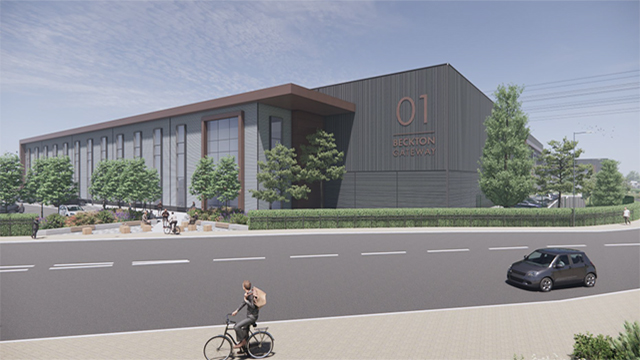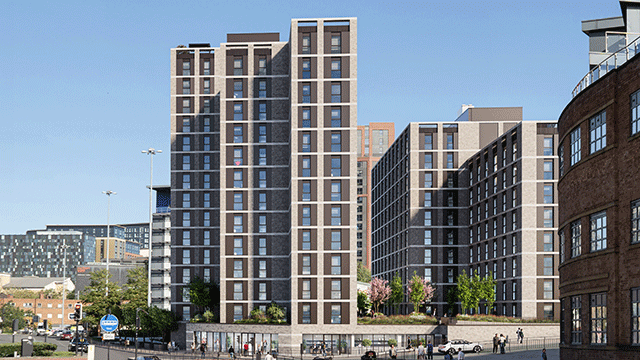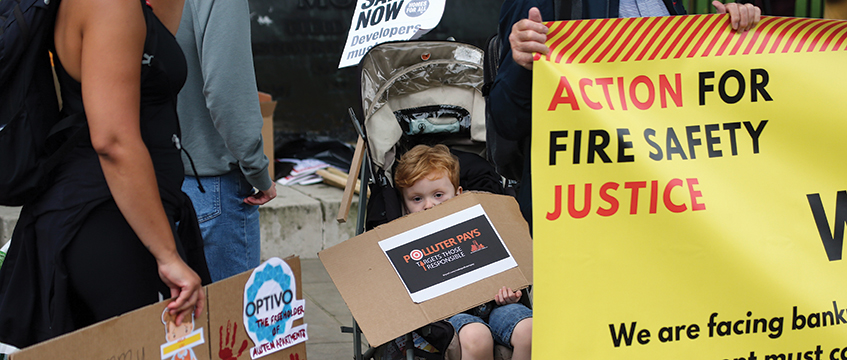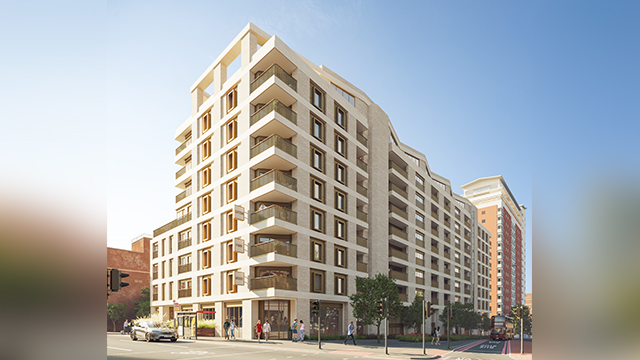|
Banks fuel the property furnace
By July 1987, the banks backing the property boom were unable or unwilling to see further than the next profitable deal. From 1984 to 1987, bank lending to property doubled as American and Japanese banks followed their British counterparts into the London market. The number of banks in the City rose from 472 in 1985 to 590 in 1987. Between February and May of 1987, bank lending to the property sector rose by 9% as British banks increased their exposure by 10%, while American and Japanese lending grew by 19% and 36% respectively. The bulk of property debt was still in the hands of the high street banks, which had lent almost £5bn to property companies by May 1987. By comparison, loans from foreign banks amounted to £3.7bn, but their influence on the property market was significant because they tended to throw cash at the large fringe developments, such as Broadgate. Syndication became the fashion as the value of buildings at Broadgate and London Wall passed the £100m mark. Japanese banks were particularly fond of syndicated loans and accounted for 14 of the 26 banks taking up the £300m loan facility on phases six and seven of Broadgate. And, in an attempt to make the new monoliths more digestible to investors, the market devised securitisation. Traditional funding institutions had begun to drop out of the market as early as 1982, attracted by the booming equity market to invest their money in stocks and gilts. Just £1bn per year of new institutional money was coming into the sector by 1987. Meanwhile, building costs were going sky-high as land and labour prices rocketed. By July 1987, it cost £5,920 to build a square metre (£550 to build a square foot). |
Banks fuel the property furnace
By July 1987, the banks backing the property boom were unable or unwilling to see further than the next profitable deal. From 1984 to 1987, bank lending to property doubled as American and Japanese banks followed their British counterparts into the London market. The number of banks in the City rose from 472 in 1985 to 590 in 1987.
Between February and May of 1987, bank lending to the property sector rose by 9% as British banks increased their exposure by 10%, while American and Japanese lending grew by 19% and 36% respectively.
The bulk of property debt was still in the hands of the high street banks, which had lent almost £5bn to property companies by May 1987. By comparison, loans from foreign banks amounted to £3.7bn, but their influence on the property market was significant because they tended to throw cash at the large fringe developments, such as Broadgate.
Syndication became the fashion as the value of buildings at Broadgate and London Wall passed the £100m mark. Japanese banks were particularly fond of syndicated loans and accounted for 14 of the 26 banks taking up the £300m loan facility on phases six and seven of Broadgate. And, in an attempt to make the new monoliths more digestible to investors, the market devised securitisation.
Traditional funding institutions had begun to drop out of the market as early as 1982, attracted by the booming equity market to invest their money in stocks and gilts. Just £1bn per year of new institutional money was coming into the sector by 1987. Meanwhile, building costs were going sky-high as land and labour prices rocketed. By July 1987, it cost £5,920 to build a square metre (£550 to build a square foot).










